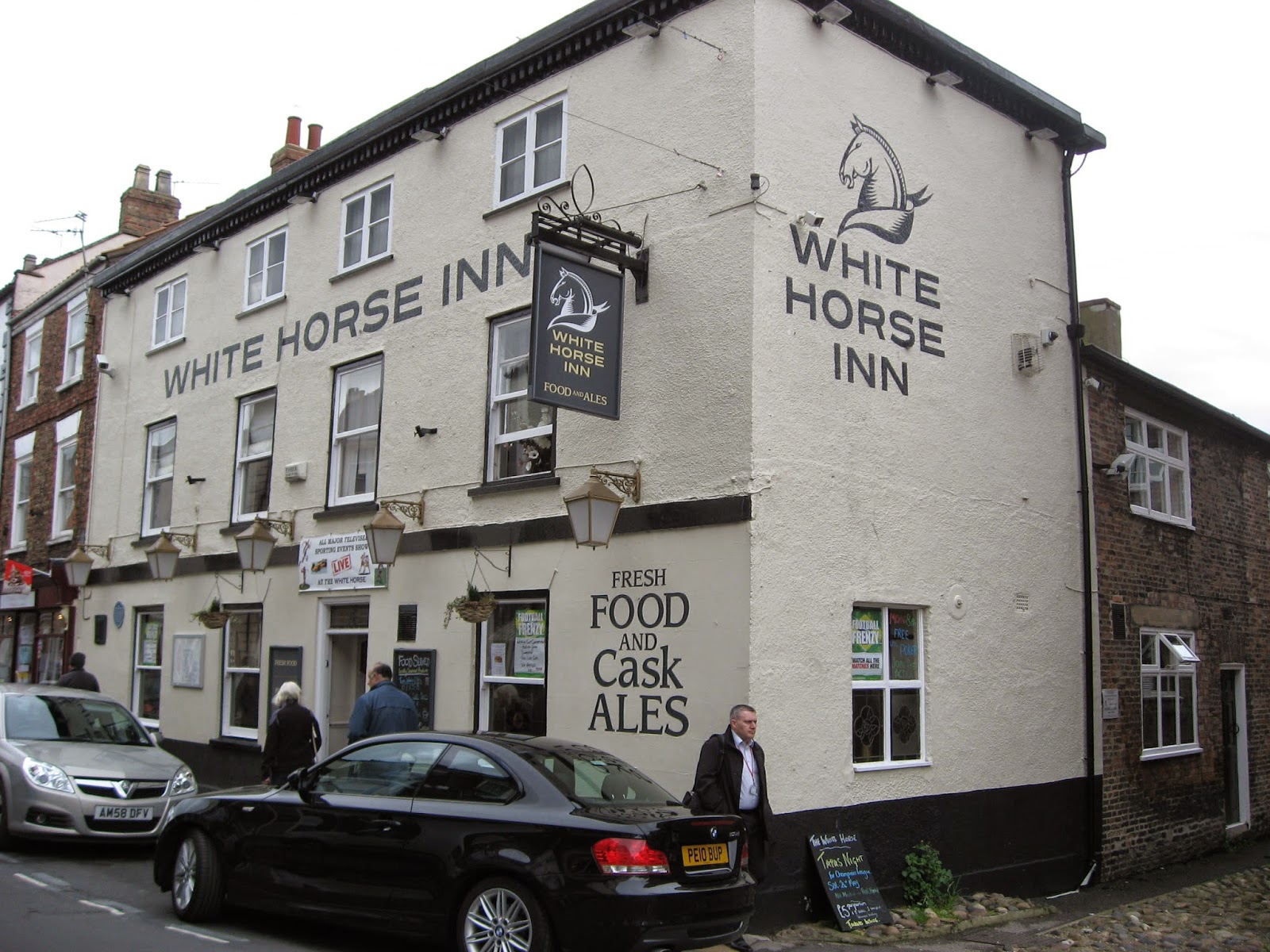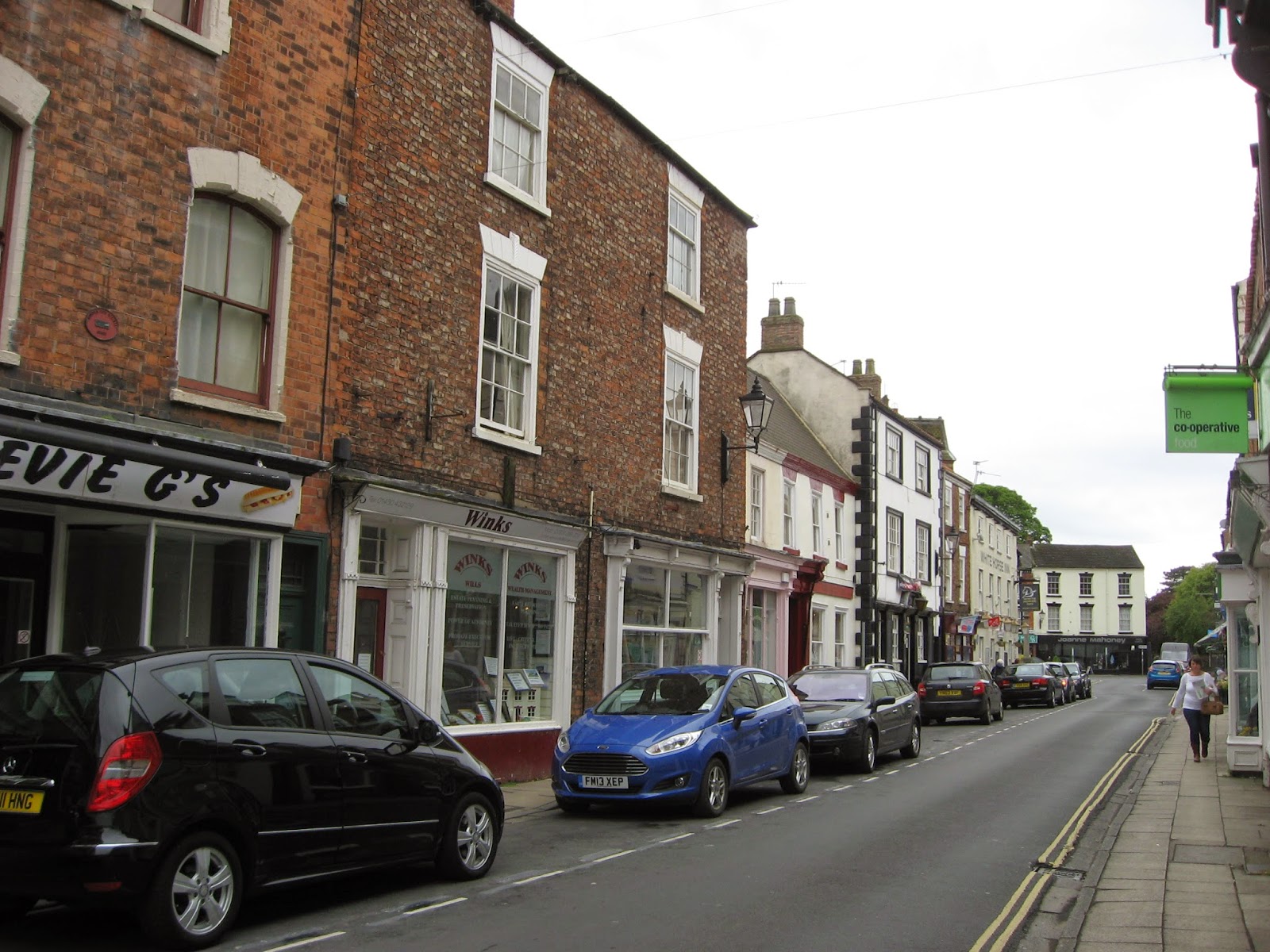
An 'entertaining and fascinating book'.
Your Family Tree, April 2015.
'Step back in time for a colourful wander through the vanished world inhabited by Jane Austen and her contemporaries...It’s a fascinating and fun trip back in time'. Karen Clare,
Family Tree magazine, April 2015.
'This is
an ingenious volume. The author...provides us with a detailed guide book to the habits,
facilities, sights and values...in the early 19th century.
Her walk-through of the territory is attractively supported by extensive
quotations from the works of Jane Austen herself and from other contemporaries.
The author comments that ‘ Austen’s observations of society were exceptionally
astute (though she was not infallible).’
The whole
gamut of middleclass society is covered from domestic details (candlelight and
privies) through travel (phaetons, barouches and stagecoaches) to fashionable
life in London (Beau Brummell and dandies ). Perhaps the most interesting
section deals with the etiquette (and pressure) to find a suitable marital
partner, but as the author observes, ‘ It’s a man’s world’. Or as Jane herself
describes it; ‘ Happiness in marriage is entirely a matter of chance.’
The text
is lively and well arranged and the anecdotes relevant and illuminating. There
is a selection of contemporary engravings, an extensive bibliography and a
useful summary of Jane’s life. This is a book which Janeites will enjoy...' Charles Kaye, FFHS book reviews.
'Discover the grim reality of Jane Austen’s England. While period dramas are
seductive on the telly, in reality, returning to, say, the turn of the
19th century may mean that your false teeth could have been taken from a
dead soldier, face powder turns your skin brown, or even black, and
surgery is carried out without anaesthetic...A Visitor’s Guide to Jane Austen’s England...chaperones
you across the social, health etc minefields of what could feel, in
effect, like a foreign country...The world Austen moved in bordered the
middle/upper class, so there is the treatment of servants to consider,
and how to keep up with fashion...an entertaining read and is charmingly illustrated with contemporary images'.
Shields Gazette, 19 January 2015.
'An inviting read...
A Visitor’s Guide to Jane Austen’s England gives details about the Regency that are not often covered in books written by Jane Austen or by modern Regency authors... Sue Wilkes’ engaging, conversational style, and choice of
topics/anecdotes made me see the Regency world in a fresh way—one that
reminded me of how strikingly similar the people and societal concerns
of the 1800s are to those in the 21st century...a perfect gift for every Janeite friend and family member'. Katie Patchell,
Austenprose, 1 December 2014.
'Sue Wilkes plunges the reader straight into the delights and terrors of travelling around Georgian England in this well-researched and informative book. Her presentation is immediate and energetic: "The sheer number of travellers on the road is incredible. In his Letters from England (1807), Robert Southey said there were 'Horses and footmen, carriages of every description and every shape, wagons and carts and covered carts, stagecoaches...coaches, chariots, chaises, gigs, buggies, curricles and phaetons, the sound of their wheels ploughing through the wet gravel was continuous and incessant as the roar of waves on the sea beach.'"
Writing in the style of a practical guidebook, Wilkes simply takes you by the hand and
walks you through Jane Austen’s world. A thoroughly engaging – and very
informative – ‘eye-witness’ guide to everything from medical matters to modes
of travel.'
'Wilkes'
"A Visitor's Guide to Jane Austen's England" is an essential
addition to any lover of history and/or fine literature's bookshelves.
Packed with detail and interesting quotes from Austen, her characters,
and their contemporaries, along with explanations of the origins
of common sayings we use now, Wilkes does an excellent job of
highlighting the similarities and differences between England as I know
it and the complicated and highly aromatic home of my ancestors.Thoroughly recommended!'
Gill Hoffs, author of
The Sinking of RMS Tayleur.
'You need to keep your wits about you in Jane Austen’s England and Sue
Wilkes’s guide is indispensable for your travel back to the late 18th
century. Covering diverse topics, from travel and teeth, to food fads
and the latest fashions, it is a comprehensive and entertaining guide to
the customs and potential faux pas of this fascinating period.
Meticulously
researched and presented in a highly readable format, Sue Wilkes uses
real-life experiences, quirky anecdotes and extracts from Jane Austen’s
novels to bring history back to life. It is an evocative re-creation and
makes for an exciting journey into the past. I thoroughly enjoyed
A
Visitor’s Guide to Jane Austen’s England and would highly recommend it.
And next time I take a ‘grand tour’ of the 18th century, I’ll be making
sure I take my ‘dressed hart skins’ for a bug-free night in the inn'.
Angela Buckley, author of
The Real Sherlock Holmes.
'Although I love Jane Austen's novels, I'm ashamed to say I know very little about the period in which she lived. But no more! Having read Sue Wilkes' wonderful 'A Visitor's Guide to Jane Austen's England', I have learned all about the intricacies of Regency courtship, dowries and entails; the effect of the French wars on everyday prices; the daily life of a `lounger'; how difficult it was for men to get into breeches; and why wearing the latest fashionable headdress could give you head-lice.
Written in the style of an easily accessible guide for the modern visitor, the book tells you all you need to know about accommodation, travel, fashion, medical matters and much more. It's packed with wonderful little details about the social history of the time such as the 'slippers' gentlemen were given to wear when entering an inn 'previously worn by dozens of earlier guests', and the difference between town and country hours for dinner (it was always later in town where it was fashionable to dine between 8 and 9pm by around 1817).
From the hullabaloo of the coaching inn and the heat of the ballroom through to taking the waters at a fashionable spa, Sue Wilkes shines a spotlight on Jane Austen's England. She also includes plenty of quotations from Austen's novels to show how well-rooted they were in everyday life. It's the perfect book for dedicated Jane Austen fans who like to find out every little detail about her world, and also for those, like me, who know very little about the period.
And if I really could go back to Jane Austen's time, I'd be sure to take my own sheets...', Michelle Higgs, author of A Visitor's Guide To Victorian England.




